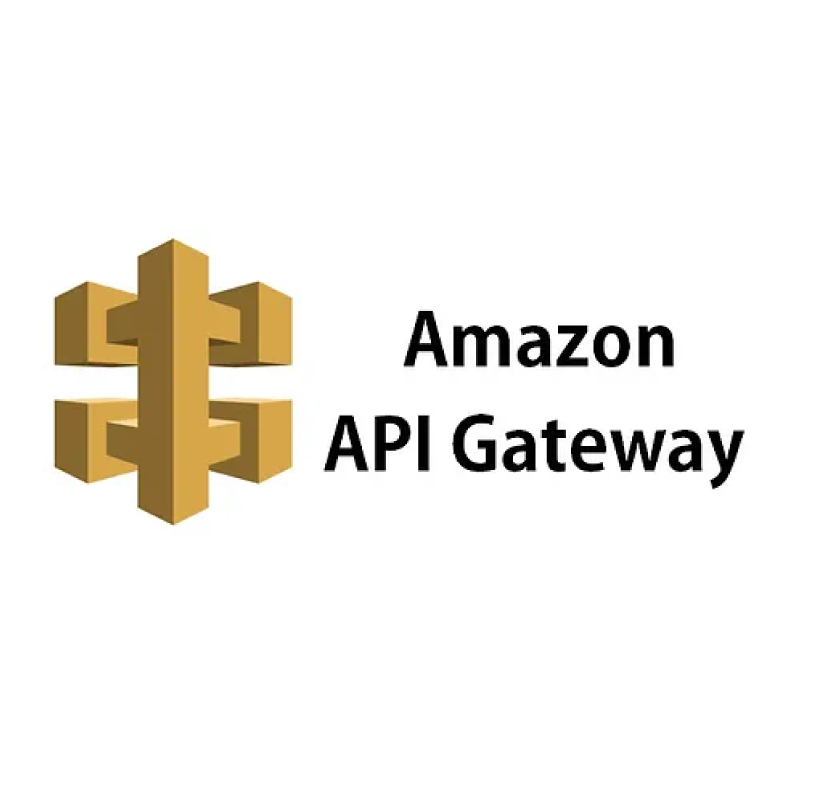Amazon API Gateway .
 Bruno Gatete
Bruno Gatete
In today's digital landscape, Application Programming Interfaces (APIs) serve as the cornerstone of modern software development, enabling seamless communication and data sharing between applications. If you're aiming to share your APIs with the world and monetize them effectively, AWS API Gateway offers a robust solution. This article will guide you through setting up and monetizing your APIs using AWS API Gateway.
Why Choose AWS API Gateway?
Amazon Web Services (AWS) provides an extensive suite of cloud services, with AWS API Gateway standing out as a powerful tool for creating, publishing, and managing APIs securely at any scale. This service is packed with features that facilitate the effective tracking and monetization of your APIs. Let’s explore the steps to get started.
Benefits of AWS API Gateway
AWS API Gateway provides numerous benefits, including:
Scalability: Handle any number of API requests, scaling automatically to meet demand.
Security: Protect your APIs with built-in security features, including authentication and authorization.
Monitoring and Analytics: Gain insights into API usage with detailed monitoring and analytics tools.
Creating and Configuring an API with AWS API Gateway
Creating an API is a foundational step to leverage the power of AWS API Gateway. Here’s a detailed guide on setting up your API, including defining endpoints, integration points, and methods, and managing the configuration with Terraform.
Steps to Create an API in AWS API Gateway
Log in to your AWS Management Console: Access your AWS account and navigate to the AWS API Gateway service.
Create a New API:
Click on “Create API”.
Choose between HTTP APIs and REST APIs based on your application requirements.
Define Your API’s Structure:
Specify the API’s endpoints, integration points, and methods.
This setup will determine the functionality and behavior of your API.
Using Terraform to Manage Your API
Terraform is an infrastructure as code (IaC) tool that allows you to define and manage your AWS resources efficiently. Below is an example configuration to create a private REST API using AWS API Gateway:
resource "aws_api_gateway_rest_api" "rest-api-gateway" {
name = "${local.name_prefix}-private-api"
description = "Terraform Private Rest API"
body = data.template_file.api_swagger_file.rendered
api_key_source = "HEADER"
endpoint_configuration {
types = ["PRIVATE"]
vpc_endpoint_ids = var.vpce_endpoint_ids
}
lifecycle {
create_before_destroy = true
}
tags = merge(
local.tags,
tomap({ "Name" = "${local.name_prefix}-private-api" })
)
}
Explanation of the Terraform Configuration
name: The name of your API.
description: A brief description of your API.
body: The Swagger or OpenAPI specification for your API, rendered from a template file.
api_key_source: Specifies where to source the API key, in this case, from the header.
endpoint_configuration: Configures the API to be private and specifies VPC endpoint IDs.
lifecycle: Ensures the resource is created before being destroyed, minimizing downtime.
tags: Adds metadata to your API for easier management and organization.
Integrating and Testing Your API
Once your API is created, you can integrate it with various AWS services or external applications. Ensure thorough testing to validate its functionality and performance. AWS API Gateway provides monitoring and logging tools to help you track API usage and troubleshoot any issues.
Step 2: Setting Up Usage Plans
Usage plans are essential for monetizing your API. They allow you to control access and apply rate limits for different clients. Here’s how to set up usage plans:
Navigate to the Usage Plans Section: In the AWS API Gateway console, go to the Usage Plans section.
Create a New Usage Plan:
Provide a name for the usage plan.
Define rate limits for client requests.
Associate the Usage Plan with Your API:
- Specify which endpoints and methods the usage plan applies to.
Example Terraform Configuration:
resource "aws_api_gateway_usage_plan" "usage-plan" {
for_each = local.applications_onboarding
name = "${local.name_prefix}-${each.value.application_consumer_tag}-plan"
api_stages {
api_id = aws_api_gateway_rest_api.rest-api-gateway.id
stage = aws_api_gateway_stage.api-stage.stage_name
}
quota_settings {
limit = var.quota_limit
offset = var.quota_offset
period = var.quota_period
}
throttle_settings {
burst_limit = var.throttling_burst_limit
rate_limit = var.throttling_rate_limit
}
tags = merge(
local.tags,
tomap({ "Name" = "${local.name_prefix}-${each.value.application_consumer_tag}-plan" })
)
}
Step 3: Creating API Keys
API keys are crucial for identifying and authenticating different clients. Follow these steps to create and manage API keys:
Go to the API Keys Section: In the AWS API Gateway console, navigate to the API Keys section.
Create API Keys for Your Clients:
Associate each key with a specific usage plan.
Distribute the API keys to your clients for secure API access.
Example Terraform Configuration:
resource "aws_api_gateway_api_key" "api-key" {
for_each = local.applications_onboarding
name = "${local.name_prefix}-${each.value.application_consumer_tag}-key"
tags = merge(
local.tags,
tomap({ "Name" = "${local.name_prefix}-private-api-key" })
)
}
Step 4: Enabling API Key Usage and Monitoring
To enforce API key usage and monitor their activity, follow these steps:
Configure Your API to Require API Keys: In the AWS API Gateway console, set your API to require API keys for authentication. This enhances security.
Monitor API Key Usage: Use AWS API Gateway’s detailed usage reports and analytics to track how often each API key is used, which is essential for billing purposes.
resource "aws_api_gateway_usage_plan_key" "main" {
for_each = local.applications_onboarding
key_id = aws_api_gateway_api_key.api-key[each.key].id
key_type = "API_KEY"
usage_plan_id = aws_api_gateway_usage_plan.usage-plan[each.key].id
}
resource "aws_api_gateway_method" "get_method" {
rest_api_id = aws_api_gateway_rest_api.rest-api-gateway.id
resource_id = aws_api_gateway_resource.get_resource.id
http_method = "GET"
authorization = "NONE"
api_key_required = true
}
Conclusion
AWS API Gateway is a robust tool for building, securing, and monetizing your APIs. By implementing usage plans, creating API keys, and enabling usage tracking, you can effectively monetize your API based on client consumption. AWS API Gateway’s versatility allows it to support various monetization strategies, making it an ideal choice for businesses and developers aiming to turn their APIs into profitable ventures.
In the digital world, APIs serve as the lifeline of modern applications. With AWS API Gateway, you can ensure that your services are not only shared but also monetized efficiently, transforming your APIs into a valuable revenue stream. Whether you’re a business or a developer, AWS API Gateway provides the tools and features needed to maximize the potential of your APIs.
Subscribe to my newsletter
Read articles from Bruno Gatete directly inside your inbox. Subscribe to the newsletter, and don't miss out.
Written by

Bruno Gatete
Bruno Gatete
DevOps and Cloud Engineer Focused on optimizing the software development lifecycle through seamless integration of development and operations, specializing in designing, implementing, and managing scalable cloud infrastructure with a strong emphasis on automation and collaboration. Key Skills: Terraform: Skilled in Infrastructure as Code (IaC) for automating infrastructure deployment and management. Ansible: Proficient in automation tasks, configuration management, and application deployment. AWS: Extensive experience with AWS services like EC2, S3, RDS, and Lambda, designing scalable and cost-effective solutions. Kubernetes: Expert in container orchestration, deploying, scaling, and managing containerized applications. Docker: Proficient in containerization for consistent development, testing, and deployment. Google Cloud Platform: Familiar with GCP services for compute, storage, and machine learning.